The road to the first human heart transplant was long and complex, decades of research dedicated to the development of the technical surgical skills, committed laboratory work, performed by biochemists, surgeons, immunologists and specialists in other branches of medical science all over the world made it possible.
Critical to the success of heart transplantation were medical milestones such as the discovery of antibiotics and immunosuppressive medications, ABO blood type matching and blood oxygenation; medically induced hypothermia, the invention of cross-circulation and cardiopulmonary bypass machine.
At the very beginning of 20th century, Karl Landsteiner’s discovery of blood types became fundamental. His work on immunology, immunochemistry and serology led to naming three blood types known today as A, B, and O. In next years fourth type AB was discovered. In 1910 the knowledge of blood types being actually inherited and in 1940 Rh blood group.
The need for immunosuppressive drugs became apparent as the immune system rapidly mounted a response against the transplanted organ they received. With the use of 6-mercaptopurine, dr. Roy Calne was able to delay kidney rejection in dogs. With the use of prednisone and azathioprine, the survival time was further increased. In 1928 Alexander Fleming made the discovery of substance called penicillin, antibiotics were used post-operatively, they greatly decreased the number of patient deaths due to infection.
Essential to the field of open heart surgery and heart transplantation, that allowed a bloodless and motionless field to be created, was the use of medically induced hypothermia in 1951. The first to experiment with it was dr. Wilfred Bigelow. Heart surgeries were much safer when, prior to an operation, by reducing a patient’s body temperature, the oxygen demands were decreased. Used in combination, with the cardiopulmonary bypass machine, which supported the circulation of blood over thirty minutes. Another alternative way of maintaining a patient’s circulation and oxygenation was developed. Cross-circulation was pioneered by C. Walton Lillehei and innovative surgeon and scientist, which primary objective was to join the circulations of two individual beings, allowing the donor to support the life of the patient through the use of pumps and tubes. Ultimately the method of choice became the cardiopulmonary bypass machine, it allowed greater control over oxygenation and its use was not limited by time and donor constraints. The two latter methods became less popular.
In 1801 a Spanish surgeon Francisco Romero successfully performed the first heart surgery. Century and a half later, the idea of heart transplantation began to be explored by dr. Richard Lower and dr. Norman Shumway from the Stanford School of Medicine. On December 23, 1959, along with Shumway, at the Stanford Hospital Centre in California, they performed an auto transplantation in a dog- first successful heart transplantation. Lower and Shumway revolutionized the field of cardiac surgery with impressive eight years of preparation in heart transplantation through the extensive use of animal models and their meticulous research. Since the first heart surgery in 1801, developed over the years, technical surgical skills and the extensive use of animal models, enabled surgeons refinement and allowed heart transplantation in human patients to become technically successful.
Christiaan Barnard grew up in Cape Province, in Beaufort West. He studied medicine and obtained his professional degrees Bachelor of Medicine, Bachelor of Surgery in 1945 in the University of Cape Town Medical School. He practised in Ceres and in Cape Province for several years.
In 1955, as the field of open heart surgery was developing, Barnard left to study congenital intestinal atresia and cardio-thoracic surgery with dr. Owen H. Wangensteen, at the University of Minnesota. Shortly after dr. Wangensteen agreed to let Barnard switch to Lillehei's service. After obtaining a Master of Science and a PhD in 1958, he returned to Cape Town.
The development of an ambitious programme of open heart surgery began when Barnard was appointed as the head of department of experimental surgery in the medical school.
In the 1960s standard of medicine in Cape Town was sophisticated and advanced.
Groote Schuur Hospital research laboratories were well equipped, there was excellent collaboration between departments, full time academic staff was sponsored to travel overseas to expand their knowledge.
Strong surgical team headed by Barnard, worked closely with a team of outstanding physicians.
After years of experiments on dogs and perfecting heart transplantation the US cardiac surgeons were ready to transfer the operation to humans. By the late 1960s the concerns about the ethics and legality of such operations were bigger problem than technical skill. South Africa on the other hand, was more permissive.
Lower and Shumway had performed over 300 heart transplants in dogs. Dr. Adrian Kantrowitz had completed 270, bur only 48 was done by Barnard’s Cape Town team. Nevertheless, he was determined to perform the first human heart transplant and beat Shumway and Lower in this race.
Mr Louis Washkansky was selected as a recipient of the heart. He was diabetic, considered to have an incurable heart disease, resulting in three heart attacks. Disease of such severity that led to congestive heart failure. The donor, young woman Denise Darvall was killed in a motor accident, while crossing a street in Cape Town on 2 December 1967. On examination at Groote Schuur hospital she proved to have the same blood type, her heart was in good condition, there was no electrical activity in her brain and she was found to be clinically dead.
Assisted by his brother Marius and the team of thirty surgeons, technicians, nurses and anaesthetists,
Barnard was prepared for the human-to-human heart transplant operation. The world-renowned operation was successfully completed after five hours at 5:52 a.m. on Sunday 3 December 1967.
The patient survived and his new heart functioned strongly, but over the next few days his health deteriorated, he developed a radiographic infiltrates in the lungs.
The team mistakenly treated him for rejection, intensifying the immunosuppressive therapy.
The mechanism of rejection was not yet well understood and needed further investigation. Due to the large doses of immuno-suppressive therapy and radiation preventing organ rejection, the defence mechanisms within the body were weakened. In his lungs, he had developed bacterial growths of pseudomonas and klebsiella, after surviving eighteen days with his new heart, he died of pneumonia.
On the 2 January 1968, dr. Barnard selected his second patient. Despite the apartheid, he ignored many racial barriers. The recipient was a retired white dentist, Philip Blaiberg and the donor a man of mixed race. Slightly modifying the approach and reducing the amount of antirejection drugs he performed the second transplantation. Dr. Barnard's patient survived for 19 months and 15 days and died of severe and widespread coronary artery disease.
Poor function of the donor heart has resulted in many recipient deaths. Similarly, many recipient deaths occurred as a result of pulmonary hypertension, as the donor right ventricle is unaccustomed to pumping against elevated pulmonary pressures, resulting in acute irreversible right heart failure. The recipient’s right ventricle, although diseased, has adapted with time and has hypertrophied, making it capable of maintaining the pulmonary circulation. These observations were cause for serious concern and led Christiaan Barnard to the conception of a completely original method of heterotopic heart transplantation.
South Africa Medical Journal
These were colloquially called ''piggyback'' transplants. With the aim of giving the heart a time to heal, a second human heart was grafted to the patient's damaged heart. Two hearts functioned in parallel. Between 1974 and 1983 forty-nine consecutive heterotopic heart transplants were performed with moderately good result.
Barnard’s group resumed orthotopic heart transplantation with the development of cyclosporine in 1978, a more powerful antirejection drug that greatly reduced incidence of severe life-threatening rejection episodes. It allowed transplants to become life-saving treatments and was the first sufficiently powerful immunosuppressive medication. The heart transplant operation became standard.
At the age of 61 in 1983 mainly due to increased pain in several joints caused by rheumatoid arthritis, Barnard retired from Groote Schuur Hospital and the University of Cape Town. He published autobiography, One Life, established Christiaan Barnard Fund, and acted as a consultant in Oklahoma City at Baptist Medical Center.
The first transplant in Groote Schuur Hospital remains the most publicised event in world medical history.
References
*Photographs taken by @highonthehog
*Other sources : linked below photographs,
- C.N. Barnard, M.D., M.Med., M.S., PhD., D.Sc (Hon. Causa), F.A.C.S., F.A.C.C., A HUMAN CARDIAC TRANSPLANT: AN INTERIM REPORT OF A SUCCESSFUL OPRATION PERFORMED AT GROOTE SCHUUR HOSPITAL, CAPE TOWN
Department of Surgery, University of Cape Town and Groote Schuur Hospital, Cape Town
M Picichè, Dawn and Evolution of Cardiac Procedures: Research Avenues in Cardiac Surgery and Interventional Cardiology, Springer, 2012
J Hassoulas, Transplantation of the heart: An overview of 40 years’ clinical and research experience at Groote Schuur Hospital and the University of Cape Town
The South African Medical Journal , Vol 102, No 6, 2012
J G Brink, J Hassoulas The National Center for Biotechnology Information,National Institutes of Health, Cardiovascular Journal of Africa. (1): 31–35, 2009


.jpg)
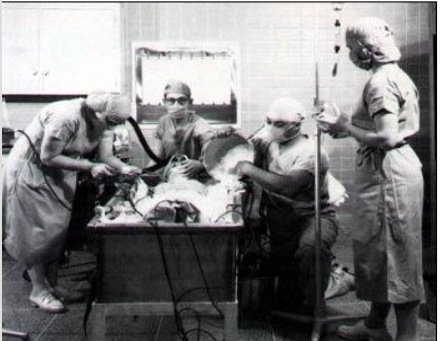
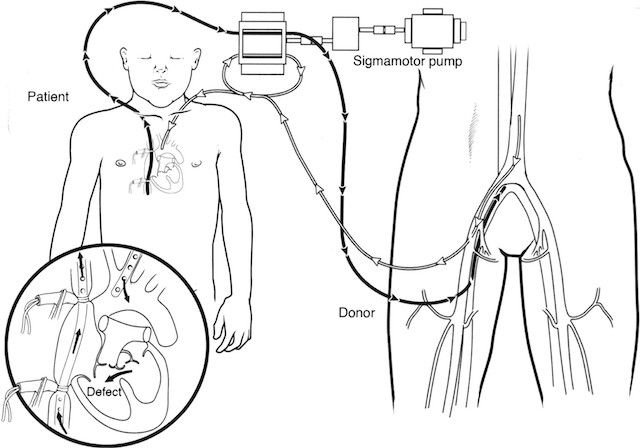
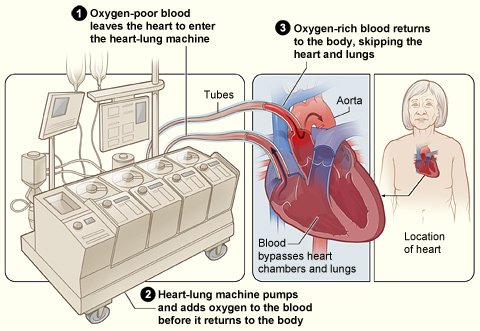
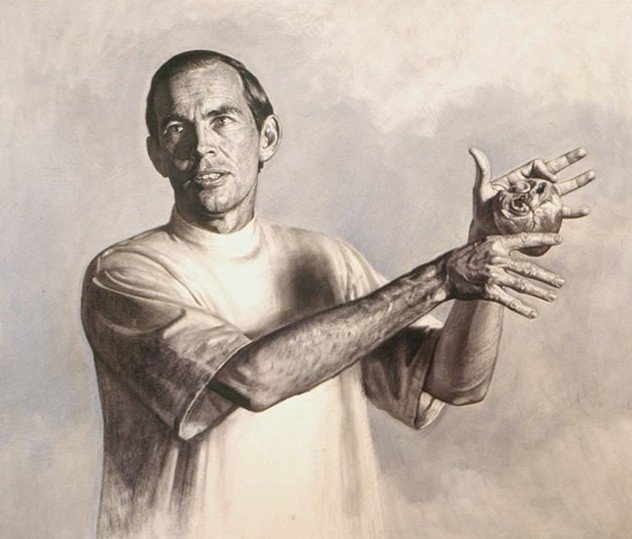

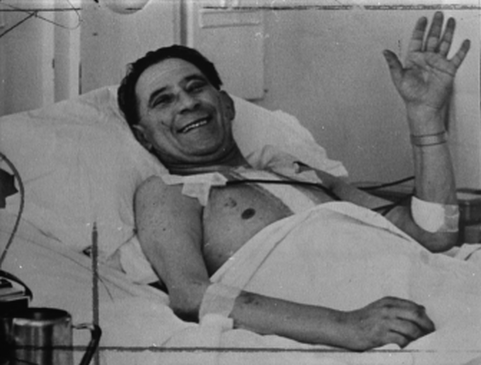
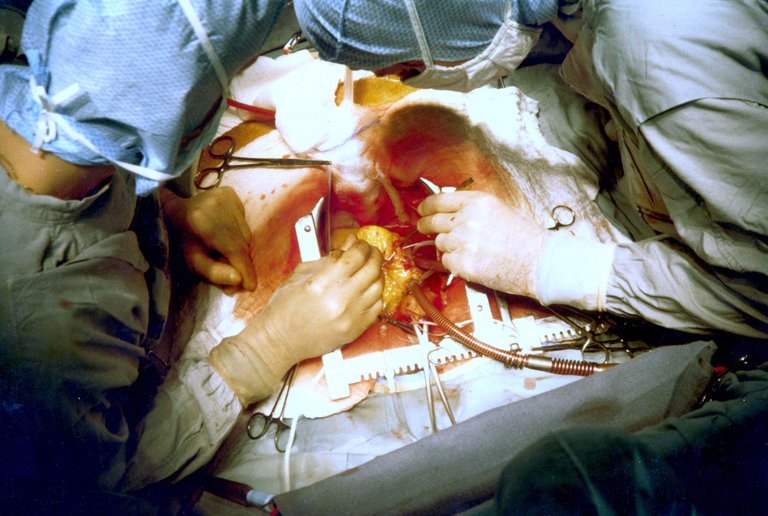

Being A SteemStem Member
very particular interested in your post, because you're always posting having extraordinary meaning and benefit to others.
That's really wild. Perhaps one day people will be able to do transplants with other vital organs, such as parts of the brain.
I'm sure of it. thanks for reading :)
I think you're the only one doing science travel on Steemit!
Good job!
Sorry I haven't replied earlier , I was on holiday ... 15 days in Cape Town. thanks for the comment, back to work now :)
Why is this tagged with travel?
because i'm happy to travel there and discover such amazing stories , truly recommended ;)
This is great thing. I think is good invention and research. it help more for human beings. Thanks for share us. I found your post in history section because I just finish and history post.
Yes life saving research and inventions to be precise . thanks for checking my post .
Congratulations, Your Post Has Been Added To The Steemit Worldmap!
Author link: http://steemitworldmap.com?author=highonthehog
Post link: http://steemitworldmap.com?post=the-world-s-first-human-heart-transplant-groote-schuur-hospital-cape-town
Want to have your post on the map too?
Fascinating ! Upvoted and Followed :)
Awesome , thank you.
Heart transplant was indeed a big achievement of medical science. Now its time to see whether the brain transplant succeeds or not which is going to be held this year..
Learned many new things about the history of heart transplant from this post. Nice read.
☺️
Thanks, I have always wanted to get more info on this story. So I have started digging and here is the result , you have no idea how much I have learned while doing my research.
Nice that you traveled there and discovered such interesting things! Really awesome :)
Hey, yep if one keep the eyes open , there is a cool story and adventure around every corner. I have recently learned how to digest some of them :)
That's right! It's our mission to discover the beauty in everything and follow the adventure :)
Did you go to Cape Town to learn about this or you just want to go there? I think the first person to attempt heart surgery was really brave. Are you really into medical research?
I was in CT few times and already knew that the first transplant were made there , but of course without the details. I was happy to go deeper and learn the whole story. Generally, I have a sticky brain... I'm deeply interested in most things in South African context , whether it's history , nature , health etc. With this inspiration I find it easy to write about it.
Very interesting to look into the history of this, the Coronary artery bypass surgery looks scary though! I really admire these surgeons, with one at home - my mom. ;) Thanks for sharing!
As a future Cardiac surgeon, I really love to read history of it. You did excellent job, but I would love that you wrote a little bit more history. There are a lot more interesting doctors ::))
hmmm , perhaps one day I will write about you, how about that !? ;D
That would be awesome 😊😊